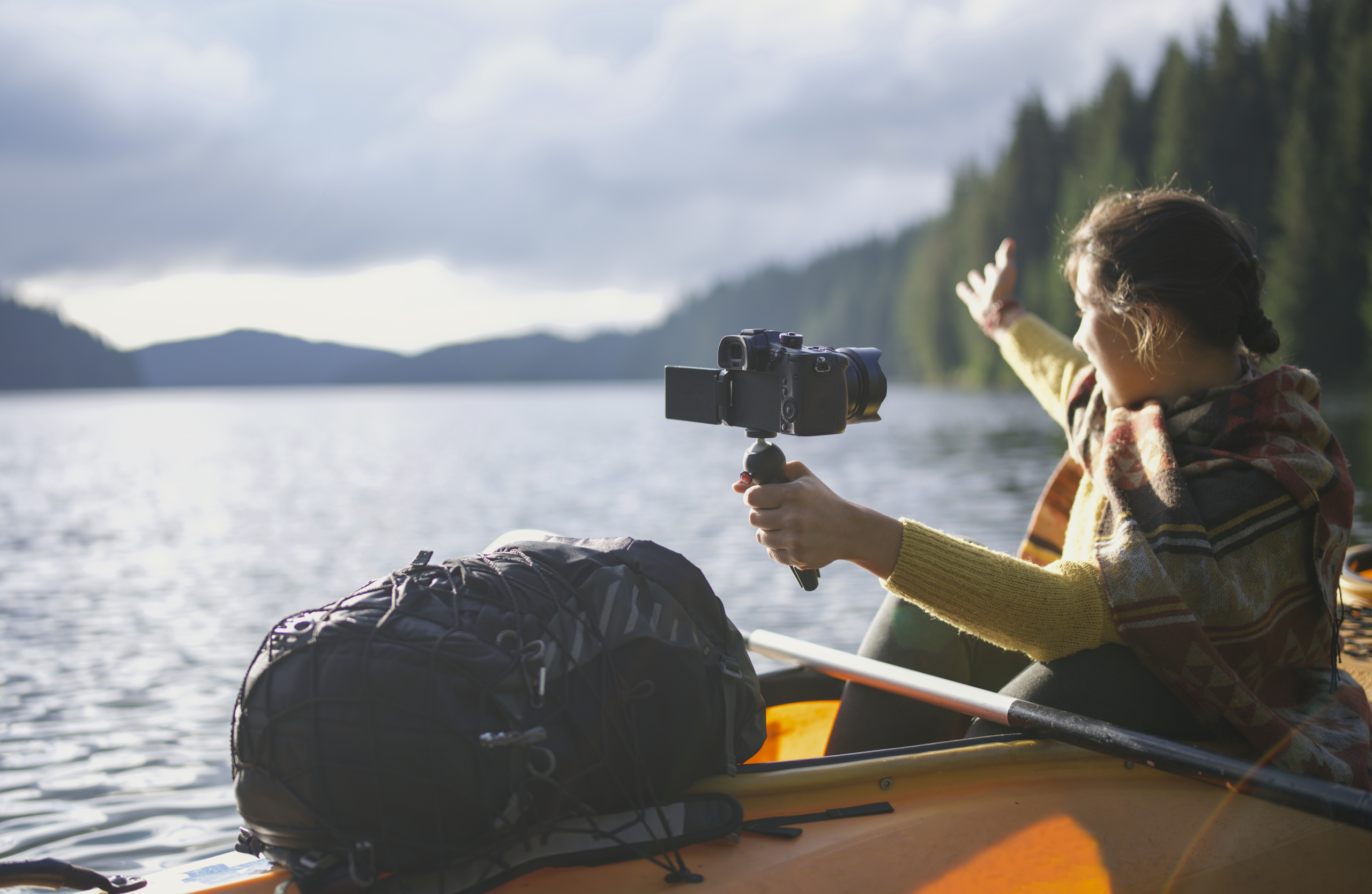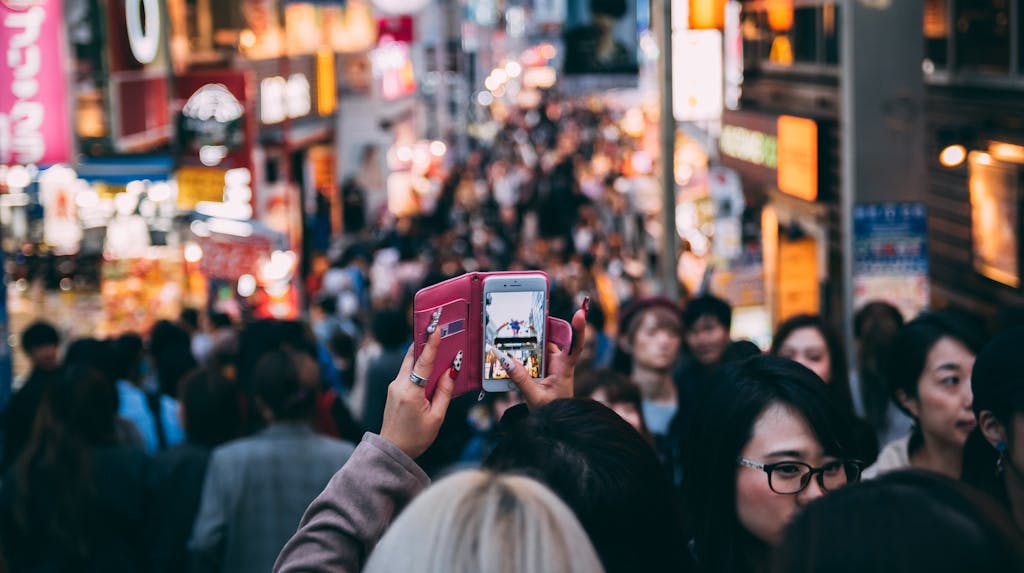
Using Virtual Tours in Travel Marketing
In today’s overly competitive hospitality industry, travel businesses and brands are looking for new ways to entice guests and maximize revenue. The evolution of digital technology has presented several opportunities for those in the hospitality space wishing to set themselves apart from their competition. Virtual tours are an emerging transformative force. Here, AMNY Travel Marketing dives deeper into the advantages of virtual tours, as well as ways to effectively implement this approach into your marketing strategy.
What Are Virtual Tours?
Virtual tours are interactive multimedia presentations that hotels, attractions, and travel agencies can use to showcase their facilities or specific locations to potential guests. These tours leverage technologies such as 360-degree photography, videography, and virtual reality to create a realistic and immersive experience without needing to be on the property. By taking these tours, guests can get a feel for the amenities or locale before booking.
Hotel resorts and travel brands can use virtual tours in a multitude of ways, such as providing virtual walkthroughs of their properties, showing detailed room tours, and offering interactive maps. These virtual tours are accessible through the company’s website, social media channels, and even virtual reality devices.
H2: Reasons to Use Virtual Tours
Virtual tours in the hospitality space are becoming increasingly popular because of the advantages enjoyed by potential guests and the resort. The reasons why travel companies are choosing to rely more on virtual tours are as follows:
Enhance User Engagement
Consumers today are more informed than ever. Before booking a travel experience, they research their options and make informed decisions based on their evaluations. Because of this, travel brands must provide engraining content to captivate potential guests.
Virtual tours offer an immersive and interactive experience for users. While going at their own pace, visitors can explore a travel destination, focusing on specific areas that align with their interests. Virtual tours even allow guests to interact with various objects to learn more information. This newfound user engagement can lead to increased interest and drive bookings.
Accessible from Anywhere
Technology and virtual tours have broken down geological boundaries, enabling guests to tour a potential travel destination from seemingly anywhere. Anyone with an internet-connected device has access to virtual tours. This accessibility is especially important in today’s world where travel restrictions may be in place, making virtual tours a valuable tool for businesses and global audiences alike.
H3: Increase Exposure
In a space as crowded as the hospitality sector, businesses are all fighting for the attention of the same prospective guests. Virtual tours offer a unique way to engage people, helping travel brands stand out. Unlike traditional travel marketing approaches, virtual tours are different and much more interesting. These elements increase a brand’s exposure, leading to further interest.
Additionally, virtual tours are easily marketable. Their interactive nature makes them highly shareable on social media platforms, broadening a travel company’s reach and boosting customer engagement.
How to Implement Virtual Tours Into Your Marketing Campaign
In addition to enhancing user engagement and increasing exposure for travel brands, virtual tours are effective because of their versatility. Travel companies can incorporate virtual tours into their marketing strategies in the following ways:
Create Short Form Videos
Short-form video is one of the most popular content formats and is used across all platforms. Travel businesses can create short-form virtual tours to transport the viewer to a new destination and help them imagine themselves there.
Showcase 360-Degree Views
Although pictures and written descriptions are still valuable for travel marketing, businesses can take this a step further with 360-degree views on a virtual tour. This capability gives potential customers the power to navigate every angle of space. This immersive and engaging experience helps inspire more of a desire to visit.
Partner with an Attraction
A great way to utilize virtual tours is by partnering with an attraction that links to your travel brand. Examples include event venues, historical attractions, or excursions. Creating a virtual experience will benefit your travel brand and potentially the partner as well.
Discover More About the Power of Virtual Tours From AMNY Travel Marketing
Virtual tours have become go-to strategies in the travel marketing space, revolutionizing how guests explore and book accommodations. AMNY Travel Marketing assists businesses in creating successful marketing campaigns that attract customers and increase profitability. Our capabilities include interactive 3D tours to showcase your destination more engagingly. To learn more about our services, contact us today.




